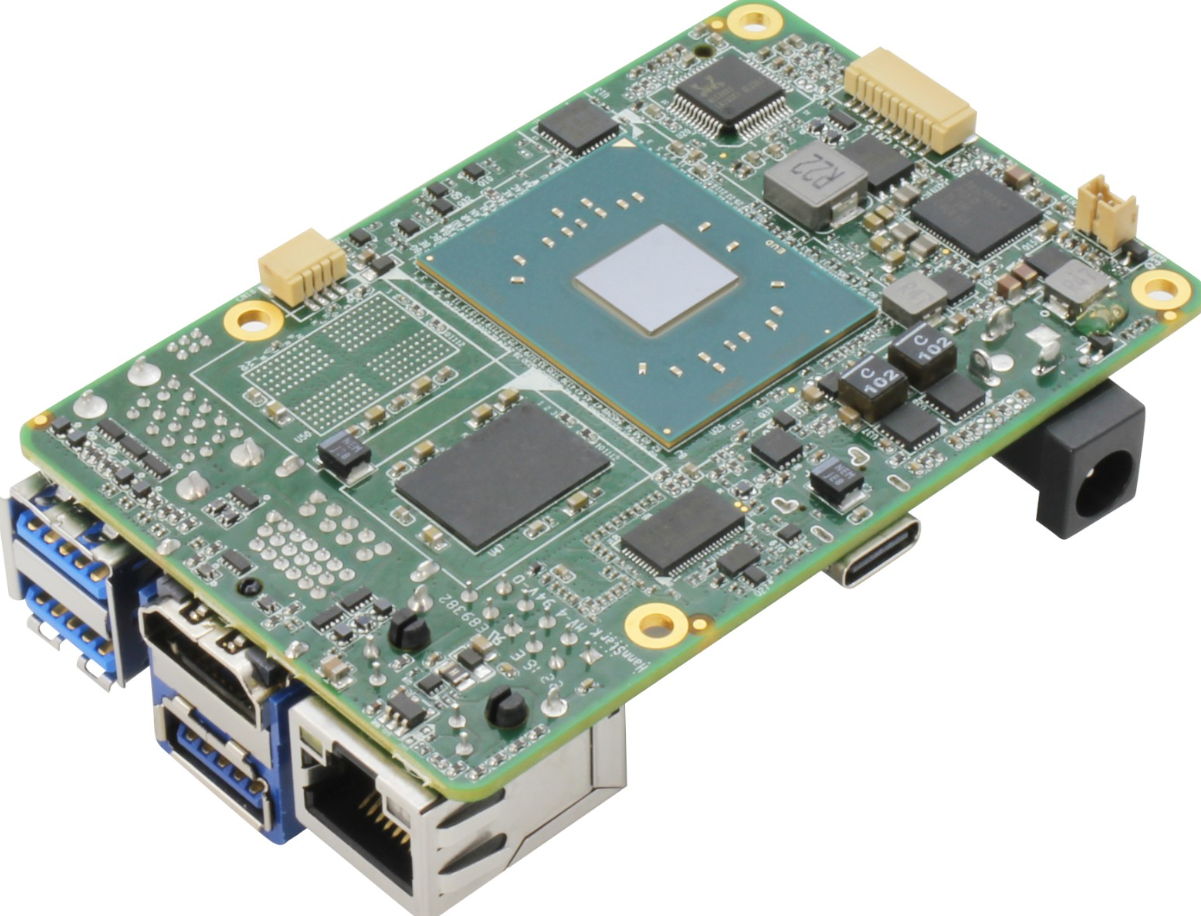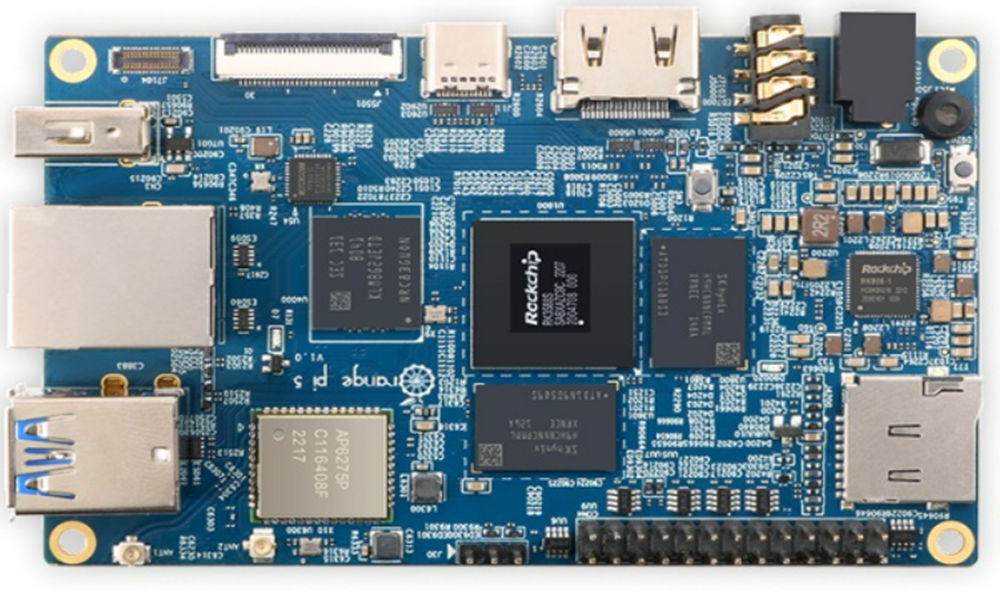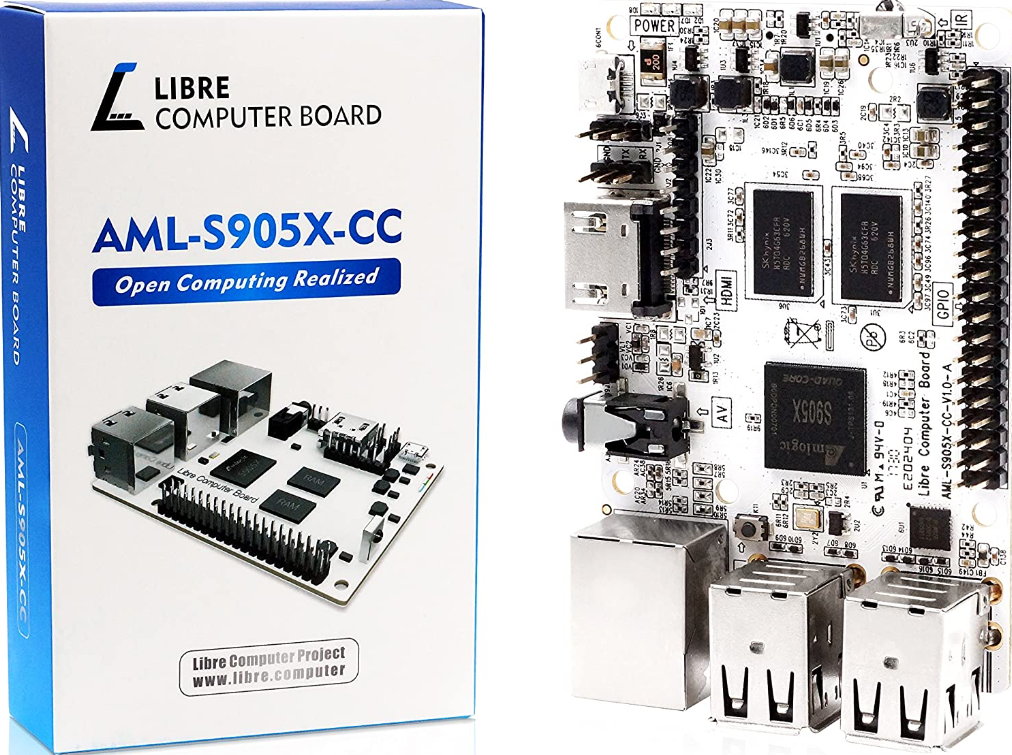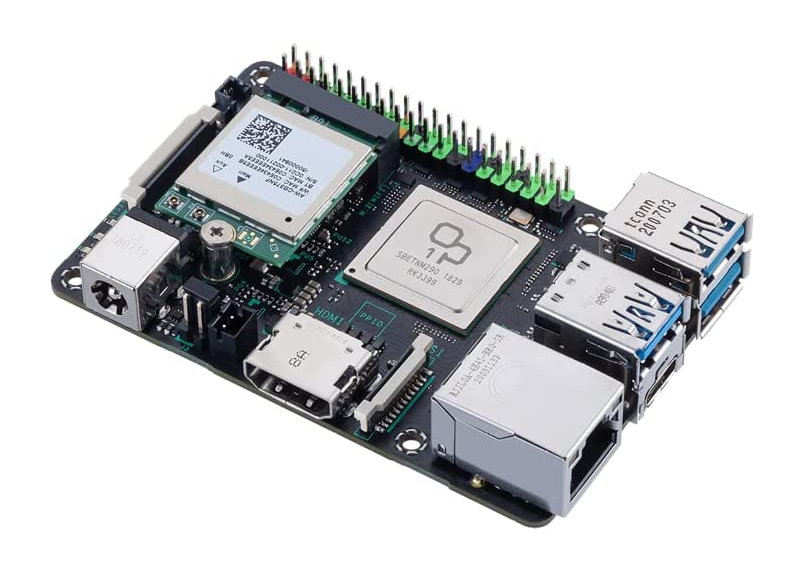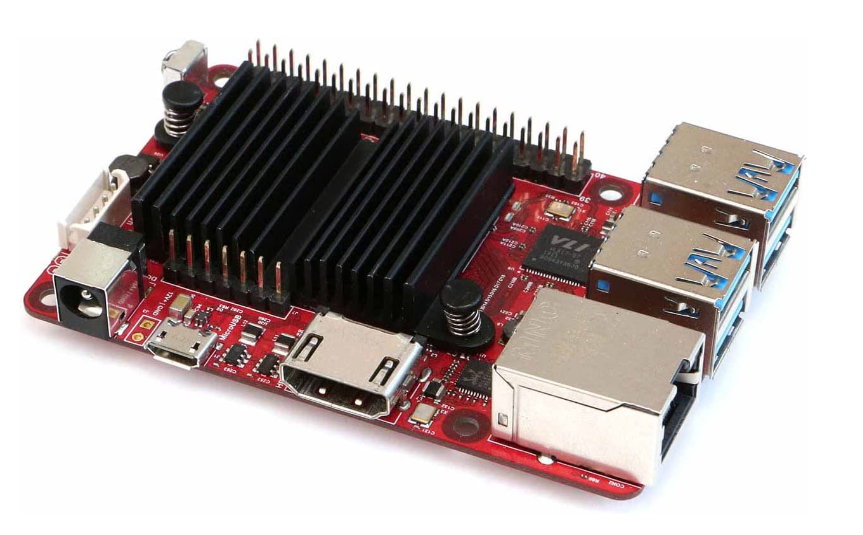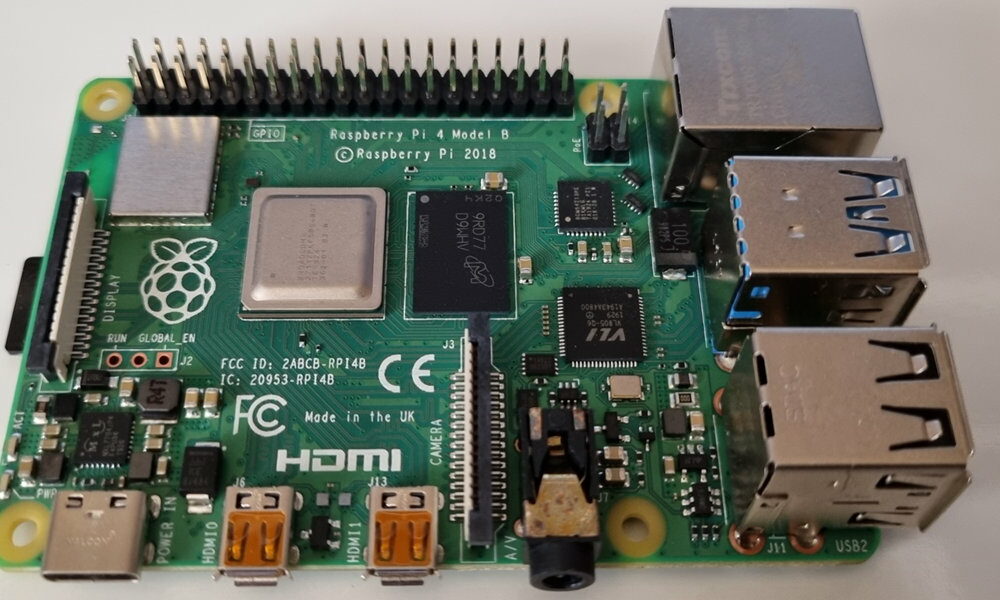
Raspberry Pi is a project of the British non-profit Foundation of the same name. Although the initial objective of its launch was to promote computer education for schoolchildren, its low cost and enormous flexibility have made it a a tremendously popular product and has allowed it to be used in a large number of tasks, industrial, commercial, for development or by any consumer. It has also been used as a base for other products such as tablets or laptops.
Thus, after eleven years on the market and after overwhelming success (45 million units sold in a decade), it has become the best-selling British computer in history and the absolute leader in the single board computer or SBC segment for its acronym in English. Like any successful product, it has encouraged other manufacturers to develop their own solutions and in recent years we have seen the arrival of all kinds of alternatives. Most of them are similar, others practically identical, and the rest with superior features or different hardware architecture, but essentially maintaining their form factor.
Raspberry Pi Versions
Putting the product in context, say that since the original model “Raspberry Pi 1 model A” there have been half a dozen new versions that have improved the performance of the main SoC, memory capacity, connectivity and also software support, supported operating systems and number of applications.
Currently, the most advanced is the model Pi 4 with 8 Gbytes of LPDDR4 RAM, Broadcom BCM2711 SoC with quad Cortex A72 cores, Wi-Fi and Bluetooth, microSD and a good collection of ports including USB Type C and A, and video output to power up to two 4K monitors. The Raspberry Pi 5 is in development, although production problems that have affected the entire technology market have delayed its arrival.
In addition to the successive versions of the general series, the Foundation has produced other specialized versions like the Pi Zero or the Pico Mini with lower consumption and an even cheaper price than the 35 dollars that has been maintained as a sales reference. Another official build of interest was the Pi 400, a complete PC built in a compact keyboard form factor that was well liked as it simplified setup to start enjoying this build with no hassle to build.
Alternatives to Raspberry Pi
In its 11 years of existence, there has been no shortage of official and third-party accessories for Raspberries such as chassis, screens, cooling systems, etc. And also alternative developments from other manufacturers as we will see below.
Pi Peak 2
Created by Chinese manufacturer 9Tripod, it’s almost exactly the same size and form factor as the Raspberry Model 4 and even has a 40-pin connector compatible with it, allowing you to use some Raspberry HATs. The big difference lies in the SoC used, a Rockchip RK3588S which provides more features than the Broadcom of the Raspberry Pi 4.
It also offers better connectivity, with a micro HDMI 2.1 port and a USB Type-C port with support for DisplayPort Alt Mode that improves on the older HDMI offered by the Raspberry Pi. It also has Gigabit Ethernet, two USB 3.0 Type-A ports, two USB 2.0 Type-A ports for compatibility, and a microSD card reader. It is sold in various configurations depending on memory and storage, from 1 GB to 32 GB of LPDDR4x RAM and an eMMC flash memory connector that can go from 4 GB to 128 Gbytes. It is usually available on Aliexpress.
UP 4000
Developed by the manufacturer AAEON, it is an ultra-compact size plate (85.6 x 56.5 mm) of little more than a credit card. Being an SBC like the Pi, in its architecture we already see a big difference since it chooses to use x86 processors which increases the possibilities of using operating systems, whether they are Windows or Linux. Connectivity options are quite comprehensive with Gigabit Ethernet, 1 USB 3.2 Gen 1 Type-C (DisplayPort 1.2 compatible), 3 USB 3.2 Gen 1 Type-A ports, 2 USB 2.0 Type A, and HDMI 1.4b.
The board also features a 12V power input, a 40-pin GPIO header, a 6-pin audio input/output module, and additional support for an upcoming board that would add solutions like M.2 for storage, connectivity. wireless, cellular networks or other accessories. It is distributed in half a dozen versions depending on the processor (Intel Celeron or Pentium) with up to 8 GB of LPDDR4-2400 memory and up to 64 GB of eMMC storage. It is available on the manufacturer’s page from $129.
Orange Pi 5
Another popular SBC coming from Chinese manufacturer Shenzhen Xunlong that outperforms the Raspberry Pi by several degrees in terms of performance, memory and connectivity, albeit at a higher price. Its processor is an ARM Rockchip RK3588S that acts as the main engine and offers greater benefits as well as the maximum capacity of RAM that rises to 32 GB. As for storage, it has an M.2 2242 slot for NVMe SSD and another for microSD memory cards.
Its connectivity is also broader, with a 26-pin header connector, an RJ45 for Gigabit Ethernet, an HDMI, a 3.5-millimeter jack for audio, an integrated microphone, two 4-lane MIPI DSI connectors capable of supporting 4K@60fps, one USB 3.1 Type-C for power delivery and DisplayPort 1.4 support, one USB 3.0 Type-A, two USB 2.0 Type-A, and one DC power jack. It supports systems such as OrangePi OS, Android and Debian 11, and can be purchased on Aliexpress currently for 85 euro.
Free Computer Le Potato
In a not-so-subtle nod to offbeat social media memes, Libre Computer’s Le Potato is technically known as the AML-S905X-CC in reference to the Amlogic S905X SoC it mounts, which includes a quad-core ARM Cortex-A53. cores and 64-bit clocked at 1.512 GHz, which puts it roughly on par with the Raspberry Pi 3B+.
It features four full-size USB 2.0 ports, a 40-pin GPIO header, and HDMI 2.0. This will be especially useful since Le Potato has 4K HDR support, 1080p@60fps with OpenGL ES 1.1, 2.0 graphics. It is available in 1 GB or 2 GB variants and is one of the most basic among the alternatives to the Raspberry Pi. Also the cheapest, from $30 for sale on Amazon. It can run Ubuntu, Debian, Xubuntu, Retro Arch and others.
ASUS Tinker Board
Following the concept set by the Raspberry Pi, a large PC manufacturer like ASUS created the Tinker series, which today accumulates a dozen different versions. One such model is the 2S, equipped with the 6-core Rockchip RK3399 SoC based on the new 64-bit Armv8 architecture and a Mali-T859 multi-core GPU. It has 2 GB of DDR4 RAM, 16 GB of internal storage and a fairly complete connectivity. It is available on Amazon for 197 euro.
Another development of the same series, but with a different architecture, is the Tinker V, the first RISC-V chip single-board computer from the Taiwanese manufacturer. It was presented last month at the fair Embedded World and is mainly dedicated to platform entry and development tasks. It features a 1GHz single-core AX45MP processor created by Renesas RZ/Five, 1GByte of DDR4 memory, a microSD card slot for storage, and optional support for a 16GB eMMC module and SPI flash. It will be available soon on the manufacturer’s website.
ODROID C4
The integrator specialized in mini-PCs, Hardkernel, has spent many years producing SBC boards for multiple uses, professional, development or consumption. One of them is the C4 with an ARM Amlogic S905X3 CPU and 4 Gbytes of DDR4 memory. It has four 4 USB 3.0 ports, an RJ45 LAN Ethernet port, a microSD card reader and an HDMI 2.0 output. It is available on Amazon for 99 euro.
Another higher performance option is the ODROID N2+, with the 6-core Amlogic S922X SoC and Mali-G52 GPU, with 4 GB of DDR4 memory and an eMMC module for storage of up to 128 GB. With a wider connectivity, you will have to pay more for it, currently 203 euros on Amazon.
Banana Pi M2 Zero
Another of the alternatives to Raspberry Pi, although in this case to its cheaper and low-power versions, Pi Zero. They have the same form factor and unless you look closely, it’s hard to tell the difference. However, this Banana with 512 MB of memory is equipped with a quad-core CPU clocked at 1.2 GHz and a Mali-400 MP2 GPU, putting it ahead of the Raspberry Pi Zero 2 W and It vastly outperforms the Zero.
Another advantage is that it has hardware power and reset keys on the board itself, so it avoids wear and tear on its micro USB port when you want to cut the power. As far as software is concerned, there is currently Ubuntu support for the board, as well as an unofficial version of Armbian. It is available on Amazon for 37 euro.

